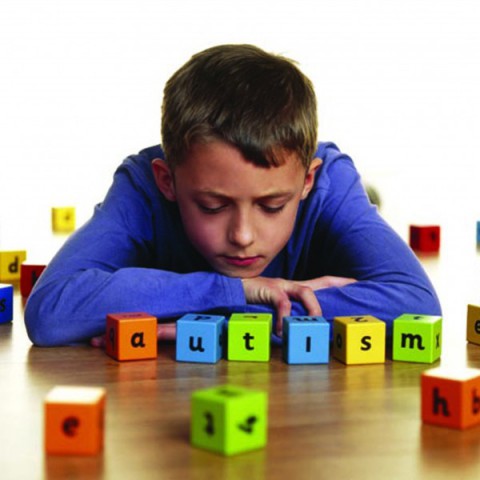 From 2000 to 2008, the frequency of autism-related U.S. births rose from 1 in 150 to 1 in every 88 live births. Most researchers attribute the recent increase in cases to better early detection and diagnostic measures to identify autism. The Centers for Disease Control and Prevention (CDC) also report that statistically there is only a 1 to 18% chance of having a second child with autism. One mother of two autistic children is now at the forefront of efforts to dig deeper into what other factors could be attributing to the rise in autism.
From 2000 to 2008, the frequency of autism-related U.S. births rose from 1 in 150 to 1 in every 88 live births. Most researchers attribute the recent increase in cases to better early detection and diagnostic measures to identify autism. The Centers for Disease Control and Prevention (CDC) also report that statistically there is only a 1 to 18% chance of having a second child with autism. One mother of two autistic children is now at the forefront of efforts to dig deeper into what other factors could be attributing to the rise in autism.
Jill Escher’s days are challenging. Two of her three children have autism and need constant supervision. Despite her daily challenges, she and her husband have been active and aggressive proponents for finding out what could be the cause cases like theirs. It seems that they may have identified a key point which researchers are now following up on in a series of new studies.
While in the womb, Escher herself was exposed to a variety of hormones, fertility drugs and other pharmaceuticals her mother took in order to maintain a difficult pregnancy. Those chemicals most likely damaged Jill’s own germ line cells which developed into eggs at sexual maturity. Subsequently when her eggs were fertilized she passed along the defective mutations to her autistic offspring. She began to ask doctors about the connection between her mother’s fertility treatments and her children’s autism after hearing a news report about DES on the radio.
DES or diethylstilbestrol was a drug prescribed to women to prevent miscarriage. It was prescribed mainly between 1938 and 1971. The height of the use of this medicine and other similar pharmaceuticals corresponds to the birth of the subjects’ grandchildren, and the increased incidents of autism in children. What happens to alter the genes is just beginning to be understood.
The basic idea is that the developing fetus (male or female) has a series of germ line cells which will later develop into sex cells. These germ line cells are the direct genetic link from one generation to the next two. As they develop, germ line cells can be altered by chemicals in such a way that the genes are permanently transformed. The altered genes are then inherited when the fetus carrying those genes grows into adulthood and passes his or her genes on to offspring. The growing field of epigenetics studies cases like this.
Over 10 million women in the U.S. and the U.K. were exposed to DES, just one of many potentially gene altering pharmaceuticals, through the 1970’s. What affect modern pharmaceuticals have on the future grandchildren of women and men seeking fertility treatments today is largely unknown. In Escher’s tenacious quest to make sense of their own family’s story, they have possibly shed light on a subject that is fueling much needed research into the effect fetal exposure to chemicals has on germ line cells, and specifically the connection to autism. For more information, visit the Escher’s website.
References
http://www.environmentalhealthnews.org/ehs/news/2013/autism-epigenetics
http://www.youtube.com/channel/UCSQazc8wKrtqMPyK1kEwVqA









